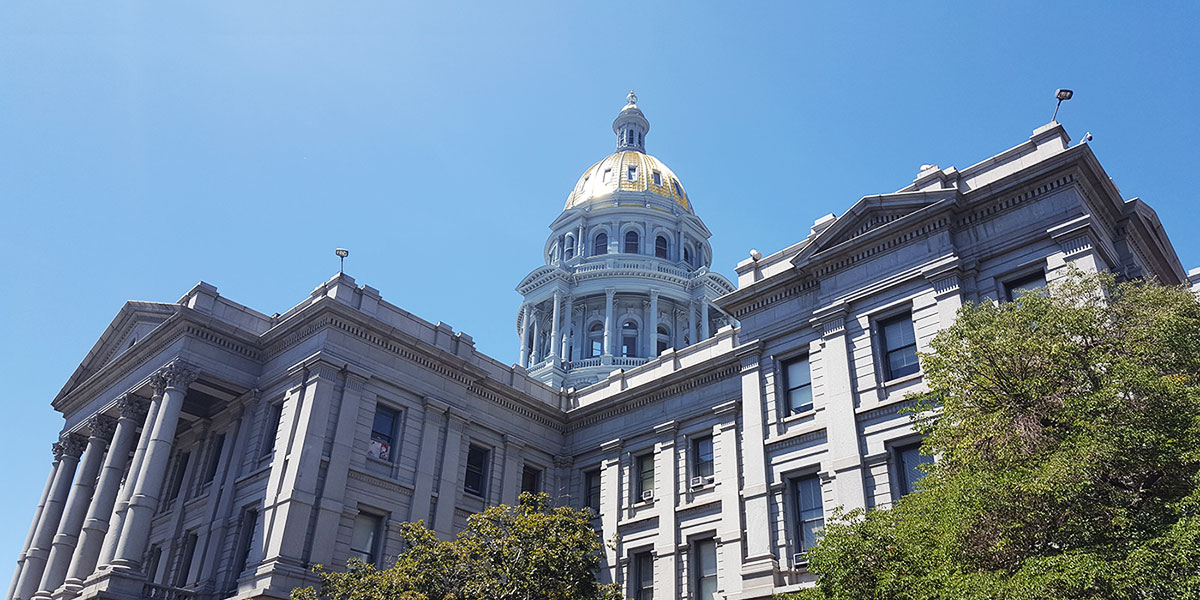WASHINGTON — After months of delays, the U.S. Census Bureau on Monday gave states part of the critical data needed to redraw their U.S. House boundaries: an updated tally of how many people live within their borders, and the number of House districts that each state will have for the next decade.
For six states, the long-awaited census results mean they’ll gain representation in Congress: Fast-growing Texas will add two seats, and five states will each add one seat: Colorado, Florida (which surpassed New York to become the third-largest state), North Carolina, Montana and Oregon.
Because the House must remain at 435 lawmakers, seven states will have fewer representatives, after either losing population over the last 10 years or not growing as quickly as other states. New York, California, Illinois, Michigan, Ohio, Pennsylvania, and West Virginia all will see their federal delegations shrink by one legislator starting in 2023.
Minnesota will not gain or lose any House districts despite some projections that it could lose a seat.
Overall, there were 331,449,281 people living in the U.S. on April 1, 2020, an increase of 7.4% since 2010. That’s the slowest growth in a decade since the 1930s, and the second-slowest growth rate in U.S. history.
For state officials in charge of redrawing district boundaries every 10 years, Monday’s data release offers certainty on only the beginning of what they need to complete the once-a-decade redistricting process for both Congress and their state districts.
States also need block-by-block population data in order to draw districts of equal population. That data will be released to states in a less user-friendly format on Aug. 16, with the fuller version to be sent by Sept. 30, according to the Census Bureau.
The data delay has upended state redistricting timelines, particularly for those, such as Colorado, with constitutionally set deadlines for when officials must approve new district maps.
It also has wreaked havoc on the 2022 elections, with prospective candidates uncertain whether they’ll still be living within a district’s boundaries.
Typically, the state-level population data released Monday would have been provided by the end of December, but that process was delayed due to the COVID-19 pandemic.
The census tallies how many people are living in the U.S. on April 1, and last year, that date fell shortly after states had issued lockdown orders aimed at curbing spread of the coronavirus. That scrambled plans for following up door-to-door with those who did not fill out the form.
“We advertised on pizza boxes, instead of during basketball games,” said Ron Jarmin, acting director of the Census Bureau. “Our partners joined us in reaching people at food banks and in school cafeterias, instead of promoting the census at county fairs.”
Other Americans became harder to reach due to wildfires and hurricanes. The Trump administration also interfered in the counting process, pursuing policies that some feared would make immigrants less likely to respond and cutting the operation short.
As they announced the new population figures, Census officials defended the accuracy of the counting process, saying the delayed door-to-door follow-ups allowed for more complete responses.
While the final numbers show a slower growth rate than what had been projected, affecting the final allocation of legislative seats, the population numbers for most states were still within 1% of the bureau’s estimates.
Under the new congressional districts, which will go into effect for the 2022 elections, each member of the House will represent an average of 761,000 residents.
The biggest population gains regionally were in the South and the West, with Southern states growing by 10.2% and Western states by 9.2%. The Northeast grew by 4.1%, and Midwestern states showed a 3.1% rise in population.
That followed trends underway since the 1940s, with 84 House seats shifting South and West during that time frame, Census officials said Monday.
Nevada, for example, was among the top five fastest-growing states, with its population of 3.1 million people reflecting a 15% increase compared to 2010.
Six states will have only one legislator in the House. Montana is no longer among that group, with the 94,810 residents it gained proving enough for it to nab the second-to-last seat.
This piece was originally published at Colorado Newsline, which is part of States Newsroom.




